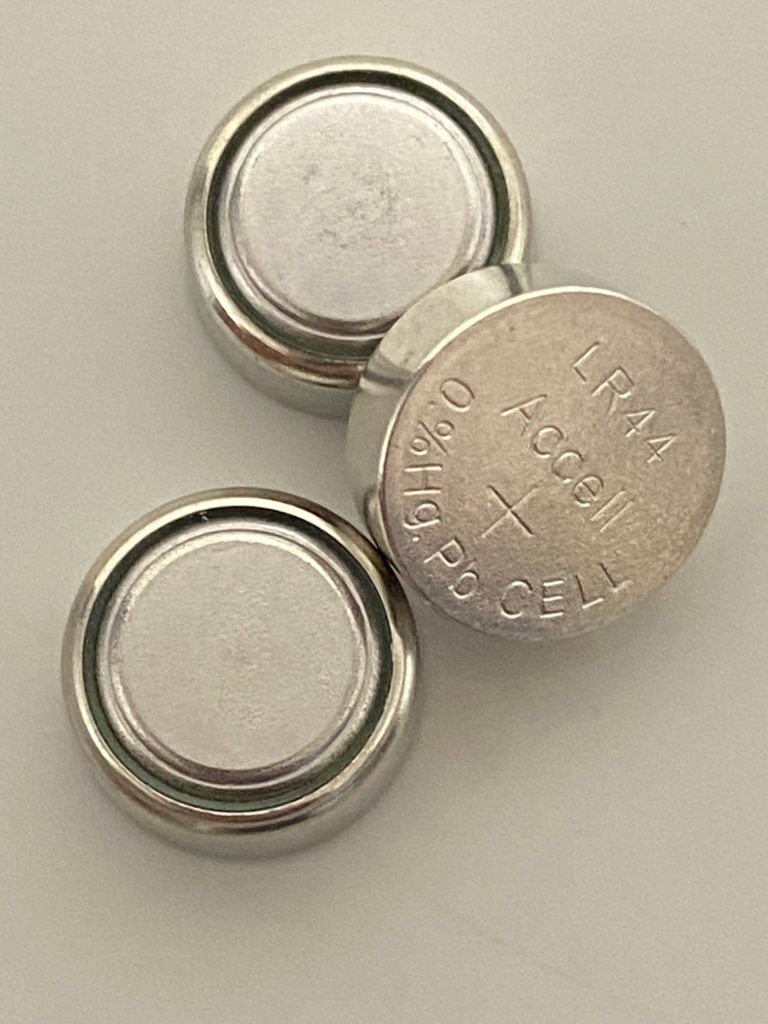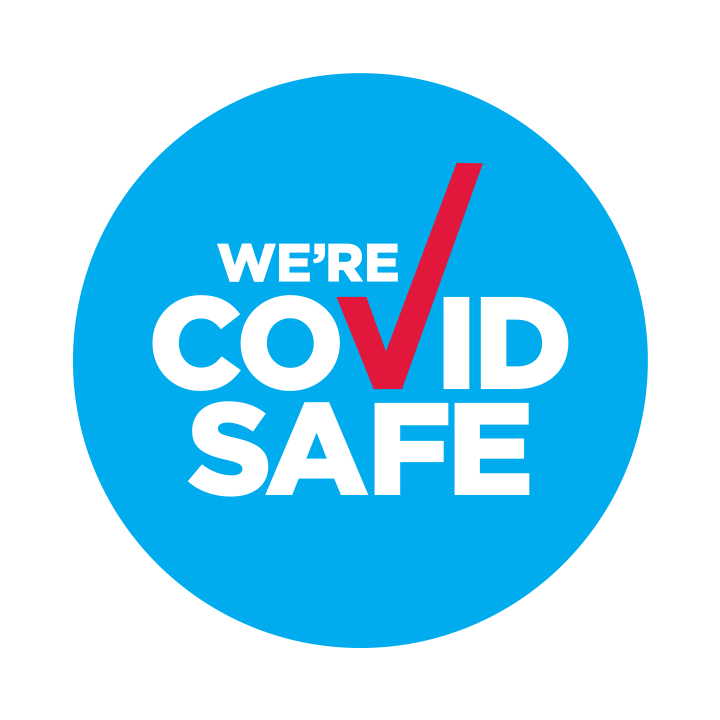What is a Button Battery?
A button battery is a small, circular, single cell flat battery, shaped very much like a button (see image above). Button batteries can vary in size, from 0.5cm to 2.5cm in width. Some people may call these batteries ‘coin’ or lithium batteries.
All button batteries are dangerous. Button batteries are contained in many everyday household items, you can almost guarantee you have these n your home. Remote controls such as your Apple TV remote and car key remotes, watches, calculators, flashing decorations, flameless candles, reading lights, hearing aids, musical cards and even your little ones toys.
Button batteries are deadly.
If your little one was to swallow a button battery, this not only poses a very real choking risk but also these batteries can cause life threatening injuries and even death, especially if the battery becomes lodged in your little ones oesophagus or somewhere along their digestive tract. Once swallowed, an electrical current is immediately triggered by saliva, which causes a chemical reaction that can cause severe burns to the child’s oesophagus and internal organs such as the lungs, heart, arteries and spine. Life threatening injuries can happen in as little as 2 hours. These injuries can occur even if the battery that is swallowed is flat.
“Every week, around 20 Australian children present to an emergency department following exposure to button batteries, including ingestions and insertions.”
ACCC, Product Safety Australia.
Deaths from button batteries have been reported since the 1970s, however with these batteries increasingly being used in more and more everyday items, we have seen a spike in reported button battery related severe injuries and even deaths. In 2013, four-year-old Summer Steer died from acute blood loss several days after swallowing a button battery. Her family didn’t know she had swallowed this battery and so they didn’t know what was wrong. Until the caustic reaction caused by the battery, which had lodged in her oesophagus, burned through to her aorta.
Please keep button batteries out of sight and reach from children (including spares) if you have any in your home. Do not let your children play with anything, which has button batteries installed inside. Incidents with button batteries are most common among very young children and toddlers, with the majority of cases involving children younger than six years.
First Aid for ingested button batteries:
- This is a MEDICAL EMERGENCY. If you know or suspect you child has swallowed a button battery, you must act immediately.
- If your child is having any difficulty breathing, Call 000 & immediately
- Call the poisons information centre on 13 11 26
- Take your child IMMEDIATELY to your nearest hospital Emergency Department
- DO NOT try to induce vomiting
- DO NOT give your child anything to eat or drink
Be Prepared undertake a child focused First Aid Class
Button battery safety around children is paramount. They look like lollies and they can be fatal if swallowed. Enrol in a Kidsaver CPR & First Aid Class today, the time you invest may save a life most precious to you. What Could Be More Important!
Kidsaver’s mission is to give as many parents, grandparents, family members, carers and friends as they can, the essential life-saving skills to keep their children safe in emergencies. Everyone is capable of providing first aid and CPR no matter what your background and experience is. Everyone is capable of saving lives.
Also don’t forget to check us out on Facebook and Instagram.


